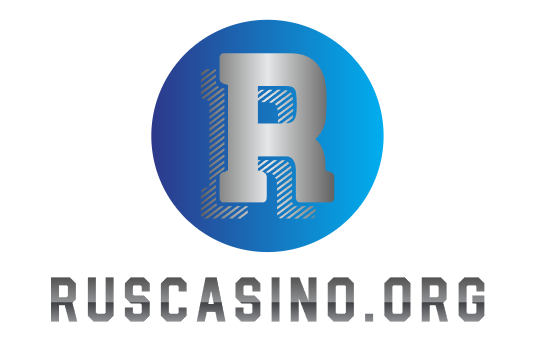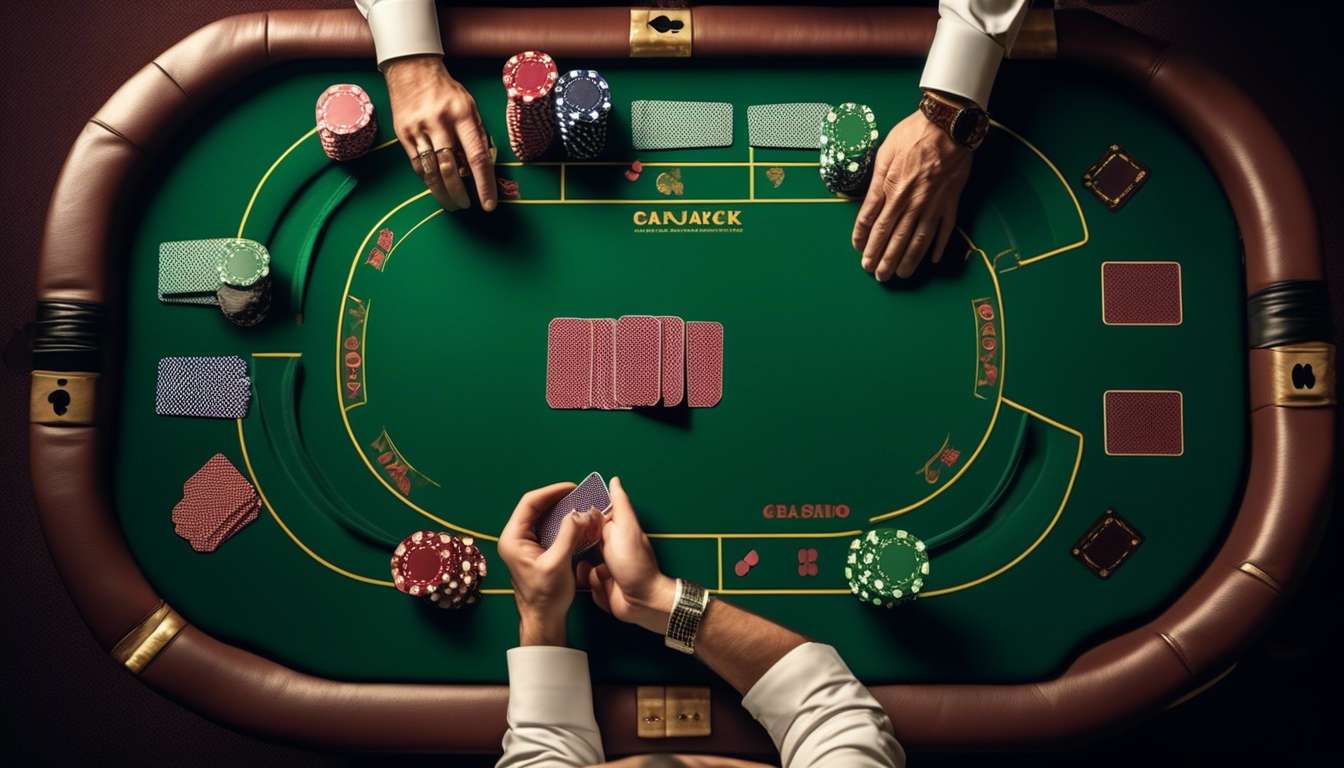As we gather around the blackjack table, the air buzzing with anticipation, we all share a common goal: to master the basics and elevate our game. Blackjack is not just about luck; it requires a keen understanding of strategy and the ability to make quick, informed decisions.
Together, we will explore essential tips that can transform our approach to this classic card game. From understanding the value of cards to knowing when to hit, stand, split, or double down, these strategies are the building blocks of a successful blackjack experience.
Key Strategies to Master:
-
Understanding Card Values
- Face cards (Kings, Queens, Jacks) are worth 10 points.
- Number cards are worth their face value.
- Aces can be worth either 1 or 11 points, depending on what benefits the hand.
-
Knowing When to Hit or Stand
- Hit when your hand is weak and you need more points to reach closer to 21.
- Stand when your hand is strong or the dealer shows a weak upcard.
-
Splitting Pairs
- Split when you have a pair of Aces or 8s.
- Avoid splitting 10s and 5s.
-
Doubling Down
- Double down when your initial hand value is 9, 10, or 11, and the dealer has a weak upcard.
As we delve into these techniques, we’ll learn to minimize the house edge and increase our chances of walking away with a profit.
Whether we are seasoned players or beginners, mastering these foundational strategies is crucial. Let’s embark on this journey together and unlock the secrets to becoming more confident and competent players at the blackjack table.
Card Values
In blackjack, each card has a specific value:
- Numbered cards are worth their face value.
- Face cards (kings, queens, and jacks) are worth ten.
- Aces can count as either one or eleven.
Understanding these values is the foundation of our card strategy. Together, we can make more informed betting decisions, reducing risks and maximizing our chances of success.
Our shared knowledge of card values allows us to manage risk effectively. By knowing when an ace can serve as either a one or an eleven, we can adjust our strategy to suit the situation. This flexibility is crucial as we navigate the ups and downs of the game.
With this knowledge, we feel a sense of belonging, a connection with fellow players who appreciate the nuances of blackjack as we do. It’s this camaraderie that enhances our gaming experience, ensuring that every hand is not just about winning, but about making smart, strategic choices together.
Hit or Stand
Deciding whether to hit or stand is a crucial moment in each hand of blackjack, where we weigh the potential outcomes and make strategic choices. As a team of players united by our love for the game, understanding card strategy is key to making informed betting decisions.
Basic Strategy:
- When we hold a hand totaling 11 or less, hitting is usually the best move, as the risk of busting is low.
- However, when our hand approaches 17 or higher, standing might be wiser to manage risk and avoid exceeding 21.
Reading the Dealer’s Card:
- If the dealer shows a strong card (like a 7 or higher), hitting could increase our chances of success.
- Conversely, if the dealer’s card is weak (such as a 4, 5, or 6), standing can be advantageous, allowing the dealer to potentially bust.
By mastering these strategies, we enhance our sense of belonging in the blackjack community.
Pair Splitting
Pair Splitting in Blackjack
Pair splitting is a powerful strategy that can maximize our winnings when used wisely. In blackjack, when we’re dealt a pair of cards of the same value, we have the chance to transform one hand into two separate ones. This strategy gives us a unique opportunity to potentially double our profits.
Key Concepts for Pair Splitting:
- Always Split Aces and Eights: This is a universally accepted approach as it enhances our hand’s potential.
- Consider the Dealer’s Upcard: If the dealer shows a weak card, splitting might be a smart move, allowing us to capitalize on their disadvantage.
Risk Management:
- Evaluate your bankroll before deciding to split.
- Remain disciplined to avoid unnecessary losses.
Community and Knowledge Sharing:
By sticking together as a community of savvy players, we can make informed decisions and share insights, ensuring we all play smarter and stay ahead in the game.
Doubling Down
Doubling down is a strategic move that allows us to increase our bet by up to 100% after receiving our initial two cards, maximizing potential returns. This thrilling opportunity is essential in our card strategy, as it helps us capitalize on favorable hands and dealer weaknesses. It’s not merely about luck; it’s about making smart betting decisions that can elevate our game.
In the warm camaraderie of fellow players, we understand that this move requires sharp risk management. We must carefully assess when the odds are in our favor.
Typically, doubling down is most effective when:
- We hold a total of 10 or 11
- The dealer shows a weak card
This scenario provides a distinct advantage because the probability of drawing a strong third card increases.
As a community, embracing these strategies unites us in our pursuit of mastering blackjack. Let’s continue refining our skills, ensuring our betting choices are both strategic and rewarding.
Soft Hands
In blackjack, soft hands occur when a hand includes an Ace valued as 11. This offers flexibility in our playing strategy, providing a sense of security and allowing room to maneuver.
With soft hands, we can make card strategy choices without the immediate fear of busting.
When faced with a soft hand, our betting decisions should reflect the situation’s fluidity:
- If we have a soft 17 or 18, consider hitting to improve the hand’s strength, especially if the dealer shows a strong upcard.
Risk management becomes crucial in this scenario. Our goal is not just to win the hand but to maximize long-term gains.
- Doubling down on soft hands can be a powerful move. It’s about playing the cards smartly, with our community in mind.
Remember, it’s not just about the individual hand but about maintaining a strategic advantage throughout the game.
Hard Hands
In blackjack, hard hands lack the flexibility of an Ace valued as 11, demanding a careful strategy to minimize the risk of busting. Our strategy becomes crucial when facing these situations, as we must decide whether to hit or stand, aiming to get as close to 21 as possible without going over.
A hard hand, like a 10 and a 7, requires us to consider the dealer’s upcard and make informed betting decisions:
- If the dealer shows a low card, standing might be our best move.
- However, if the dealer has a high card, it could mean taking another hit to enhance our standing.
Effective risk management is essential. We must avoid overestimating our odds while also not shying away from playing assertively when the situation calls for it.
By sticking together and sharing insights, we can build a sense of camaraderie that bolsters our confidence. Let’s embrace the challenge of mastering hard hands and make decisions that enhance our collective success at the table.
Insurance Option
One of the most debated choices in blackjack is whether to take the insurance option when the dealer shows an Ace. As a community of blackjack enthusiasts, we recognize that this isn’t just another bet; it’s a crucial part of our card strategy.
The insurance bet is essentially a side bet that the dealer has a blackjack, and it pays 2:1 if successful. However, it’s often considered a high-risk move that doesn’t always align with solid risk management principles.
We’ve all been at the table, feeling the pressure to protect our hand when the dealer’s Ace is showing. But statistically, the odds aren’t usually in our favor.
Many seasoned players in our circle suggest skipping the insurance to maintain better control over our bankroll. By focusing on the foundation of our card strategy, we can:
- Make smarter betting decisions
- Improve our overall game
- Avoid unnecessary risks
By adhering to these principles, we can enhance our blackjack experience and increase our chances of success.
Bankroll Management
Effective bankroll management is crucial for us to ensure we can enjoy the game while minimizing financial risk. The thrill of blackjack lies in our ability to make informed betting decisions and apply solid card strategy. Managing our funds wisely allows us to stay in the game longer and make the most of each hand.
Set a Budget:
- Align with our risk management goals.
- Consider how much we’re willing to spend and potentially lose.
By doing this, we protect not only our finances but also our enjoyment and camaraderie at the table.
Key Strategies:
- Resist the temptation to chase losses.
- Focus on consistent play.
Understanding when to adjust our bets based on our card strategy can maximize our chances of winning.
By staying disciplined and supporting each other, we maintain control over our bankroll, ensuring we’re always ready for the next round.
Conclusion
Congratulations on completing this crash course in mastering the basics of Blackjack strategy!
By familiarizing yourself with the following key concepts, you’re well on your way to becoming a more skilled player:
-
Card Values: Understand the values of each card to make informed decisions during the game.
-
When to Hit or Stand: Learn the optimal times to take another card or stick with your current hand.
-
Pair Splitting: Know when to split pairs to maximize your potential for winning.
-
Doubling Down: Identify opportunities to double your bet for a larger payoff.
-
Managing Your Bankroll: Develop effective bankroll management strategies to sustain your play over time.
Remember to practice these essential tips and strategies to enhance your chances of winning at the Blackjack table.
Good luck and enjoy the game!

